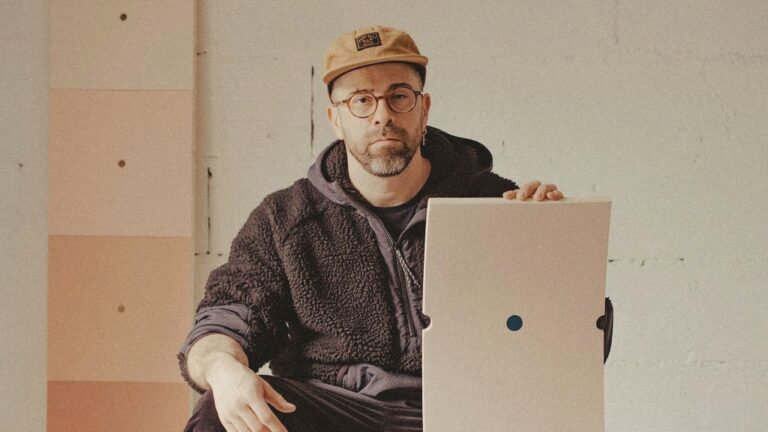
A Conversation with Alejandro Javaloyas
A Studio Visit During the La BIBI Residency
Today, photography is, without any doubt, the most accessible art form. Everyone owns a camera nowadays, as we all have smartphones in our pockets or purses. We carry it around 24/7 and use it on an almost daily basis. But what distinguishes a snapshot picture with our smartphone from fine art photography, and who are the most important fine art photography artists?
Fine art photography is a contemporary art form in which photography is the medium and the photographer acts as the artist. The photographer intends to go beyond registering reality to create artistic photographs.
Let’s take the example we discussed in our article on What Makes an Artwork Contemporary: If we take a photograph of our dog sleeping in a cute position, it is clear to say this photograph is not a work of art. However, when Wolfgang Tillmans took the following photograph, titled Your Dogs in 2008 (see image below), the experienced and artistic eye could tell a lot more was going on.
For instance, the overall aesthetics of the black and white photograph. The play of light and dark with the shade on the sidewalk, in sharp contrast with its sunny counterpart at the top right. And above all, the composition of the photograph, in which the chosen angle results in a curved shape of the two dogs.
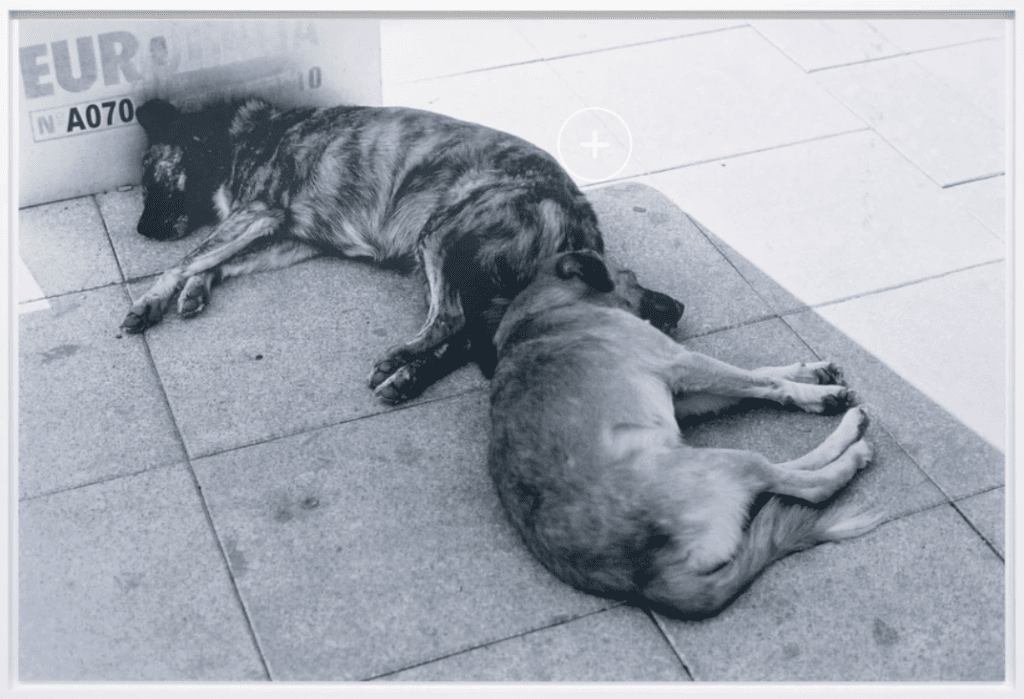
The main difference is, of course, the intention mentioned above by the artist. Whereas the cute picture of our dog sleeping is visually capturing a memory, the photograph by Tillmans is the result of the artist’s quest for an artistic composition, finding beauty beyond the ordinary.
Most often with fine art photography, the editing—manually or digitally—and printing process are as important as the decisive moment when the photograph is taken. Doing so, the photographer is no longer just a photographer, he becomes a contemporary artist, sometimes even a craftsman, and photography is his medium.
In this article, we are pleased to present the most complete and reasoned selection of the world’s most influential and famous fine art photography artists. Often, multidisciplinary artists or performance artists implement photography into their artistic practice. However, we have excluded these artists, only showcasing pure photographic artists—with two justified exceptions. So, without further ado, let’s open our list with the first fine art photographer.
Born in 1934 in Aberdeen, Washington, residing and working in New York, Lee Friedlander is an American photographer fascinated by the material aspects of the photographic process. He began photographing American social landscapes back in 1948, organizing the visual information into dynamic compositions.
Lee Friedlander is well known for his humorous and poignant images, expressing the chaos of city life and dense natural landscapes, up to group- and self-portraits since the 1960s. Fine art photographers can handle and depict vast amounts of visual information into a single but harmonious picture.[1]
For further reading on Lee Friedlander, we highly recommend the monographic publication Lee Friedlander: The People’s Pictures.
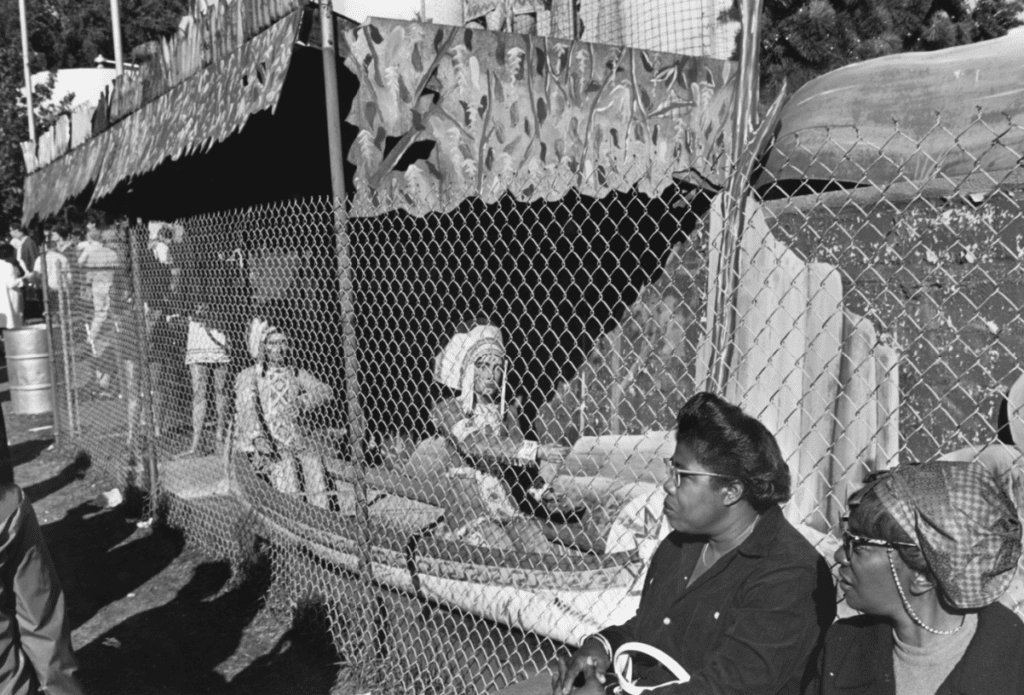
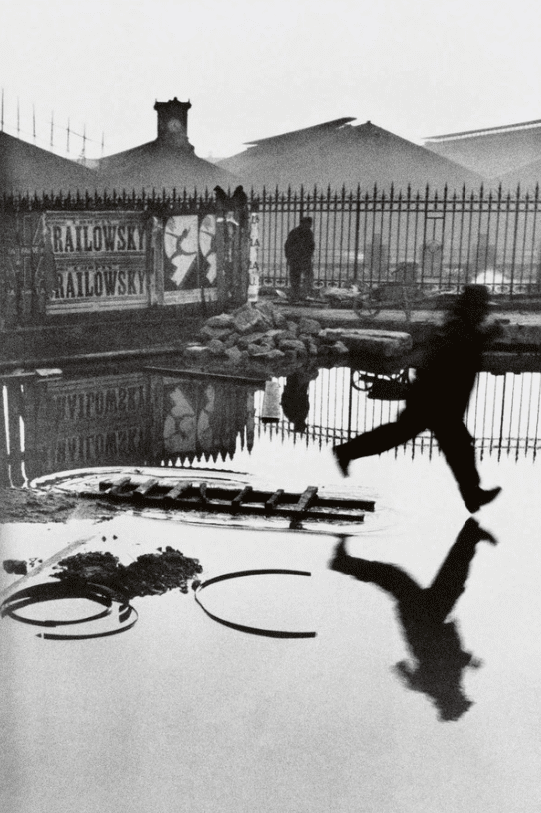
Born in 1908 in Chanteloup and passed away in 2004 in Isle-sur-la-Sorgue, France, Henri Cartier-Bresson is one of the most influential photographers in the world from a(n) (art-)historical perspective. His works are marked by lively black-and-white pictures, combining a documentary character with a poetic touch.
Cartier-Bresson is best known for his concept, which he calls le moment décisif or the decisive moment. According to the French photographer, the key to a successful picture is to snap the shutters of the camera at the exact right time. His work behind the camera—and beyond—has defined the field of photography throughout the 20th century up to this very day.[2]
For further reading on Henri-Cartier Bresson, we highly recommend the monographic publication Henri Cartier-Bresson: Photographer.
Born in 1924 in Zürich, Switzerland, and passed away in 2019 in Inverness, Canada, Robert Frank is one of the most influential photographers of his generation. Arguably, Frank is best known for his publication titled The Americans from 1958, in which he documented the United States throughout the 1950s.
His black-and-white pictures depict typical American symbols, like highways, cars, jukeboxes, and more. However, there is a specific alienating character in these pictures, elevating the diverse range of daily subjects into a homogeneous and intriguing body of artistic works.[3]
For further reading on Robert Frank, we highly recommend the monographic publication Robert Frank: In America.
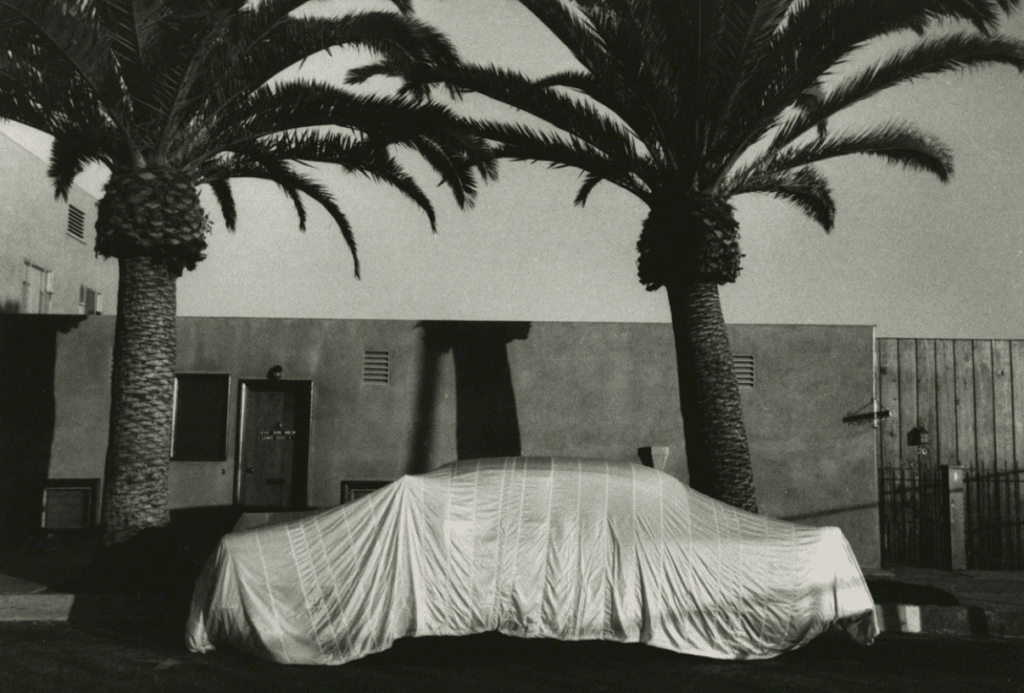
Born in 1951 in Erie, Pennsylvania, and passed away in 2013 in Los Angeles, California, Allan Sekula was an American photographer, author, and filmmaker. Inspired by his surroundings—think of the port and the sea—Sekula was fascinated by human labor and activism.
Sekula aimed to live as an artist and as an activist. Doing so, with photography, he sought to figure out how the photographic medium contributed to the reigning social order, which brought the struggle to his family’s social position, and how one could use it to undermine it.[4]
For further reading on Allan Sekula, we highly recommend the monographic publication Allan Sekula: Fish Story.

Born in 1864 in Hoboken, New Jersey, and passed away in 1946 in Manhattan, New York, Alfred Stieglitz proved at the turn of the 19th to the 20th century that photography was a medium that offered new artistic possibilities in a similar way as painting or sculpture.
In 1902, Stieglitz co-initiated the so-called Photo-Secession, in which they emphasized photography’s craftsmanship and material know-how. The photographic practice was presented as a labor-intensive craft, which greatly influenced the artist/photographer’s hand. This notion is powerfully illustrated by Stieglitz’s great care for the production process of his prints, often making platinum prints resulting in a different visual experience of the photograph.[5]
For further reading on Alfred Stieglitz, we highly recommend the monographic publication Alfred Stieglitz: Camera Work.
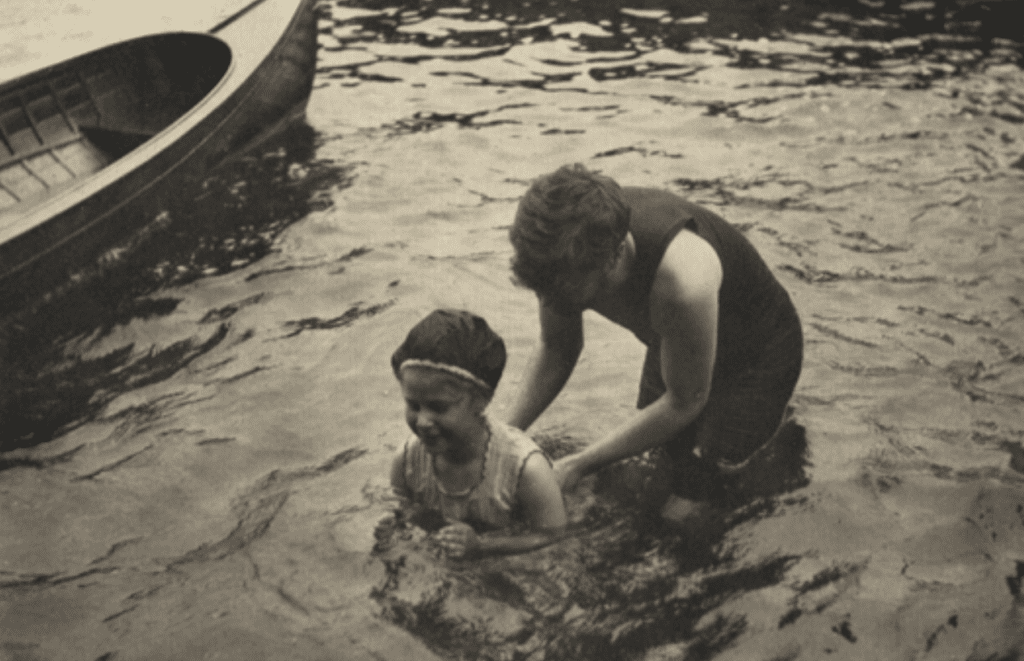
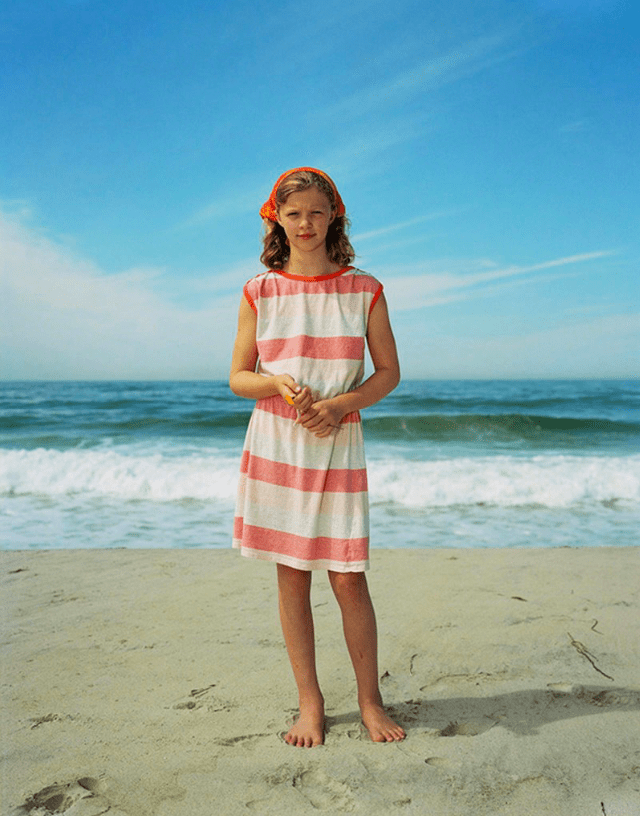
In the 20th spot, we encounter mesmerizing photographs by the Dutch photographer Rineke Dijkstra. Born in 1959 in Sittard, The Netherlands, Dijkstra is best known for her utmost contemporary portraits, reminiscent of 17th-century portrait paintings from the Low Countries.
Her large-scale photographs with bright and sharp colours, typically depict adolescent subjects. The setting is in many ways more minimal than one would think at first glance. Doing so, Dijkstra moves the focus of the photograph strongly to the subject, and his or her exchange with the photographer and the viewer.[6]
For further reading on Rineke Dijkstra, we highly recommend the monographic publication Rineke Dijkstra: A Retrospective.
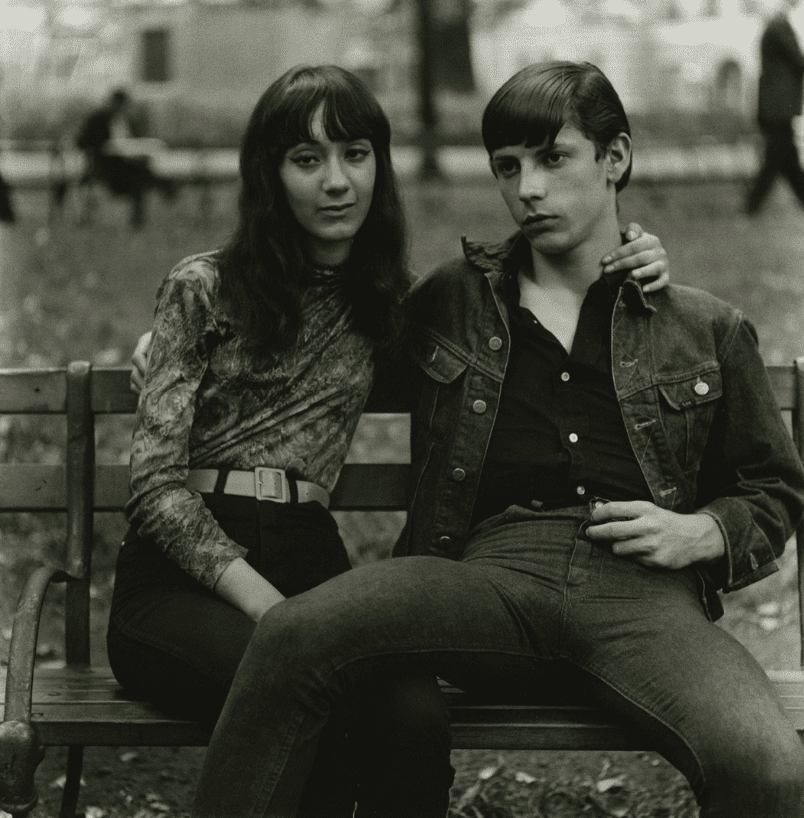
Born in 1923 in Manhattan, New York, and passed away in 1971 in the Westbeth Artists Housing in New York, Diane Arbus is one of the most original and influential photographers of the 20th century. She rose to fame with her photographs in the 1960s, with her efforts being strongly rewarded in 1966 with the John Simon Guggenheim Fellowship.
The American fine art photographer depicts couples, children, NYC pedestrians, families, celebrities, and much more as she captures the post-war American social sphere through her lens. The result is an oeuvre depicting a diverse, compelling portrait of humanity.[7]
For further reading on Diane Arbus, we highly recommend the monographic publication Diane Arbus: Portrait of a Photographer.
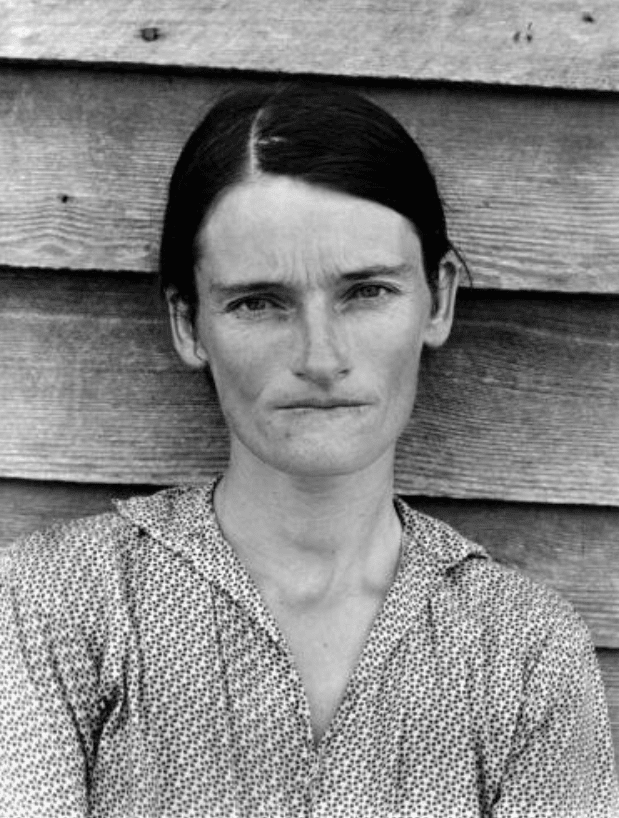
Up next, we encounter another iconic photographer with one of the most iconic photographic portraits ever, Walker Evans. Born in 1903 in St. Louis, Missouri, and passed away in 1975 in New Haven, Connecticut, Evans is one of the most influential photographers, as his crystal-clear photographs inspired an entire generation, from the aforementioned Diane Arbus (cf. supra) up to the to be mentioned Bernd & Hilla Becher (cf. infra).
Throughout his career, Evans recorded modern America with a poetic whiff to it. Marked by a documentary character, he depicted ordinary subjects. One of the greatest examples is his portrait of a Tenant Farmer’s Wife from 1936, one of the most iconic photographic images ever.[8]
For further reading on Walker Evans, we highly recommend the monographic publication published by Prestel titled Walker Evans.
Bernd Becher, born in 1931 in Siegen, passed away in 2007, and Hilla Becher, born in 1934 in Berlin, and passed away in 2015, was a German artist duo and couple occupied with photography since 1959. They are internationally lauded for documenting architectural forms, which they called to be anonymous sculptures.
Doing so, over thirty years, they systematically photographed in their very own and particular manner a wide range of often industrial, architectural archetypes, encompassing water towers, coal mines, houses of mine workers, and more. Doing so, Bernd & Hilla Becher present an extensive visual study of the architectural relationship between form and function.[9]
For further reading on Bernd & Hilla Becher, we highly recommend the monographic publication Bernd & Hilla Bechner: Basic Forms.
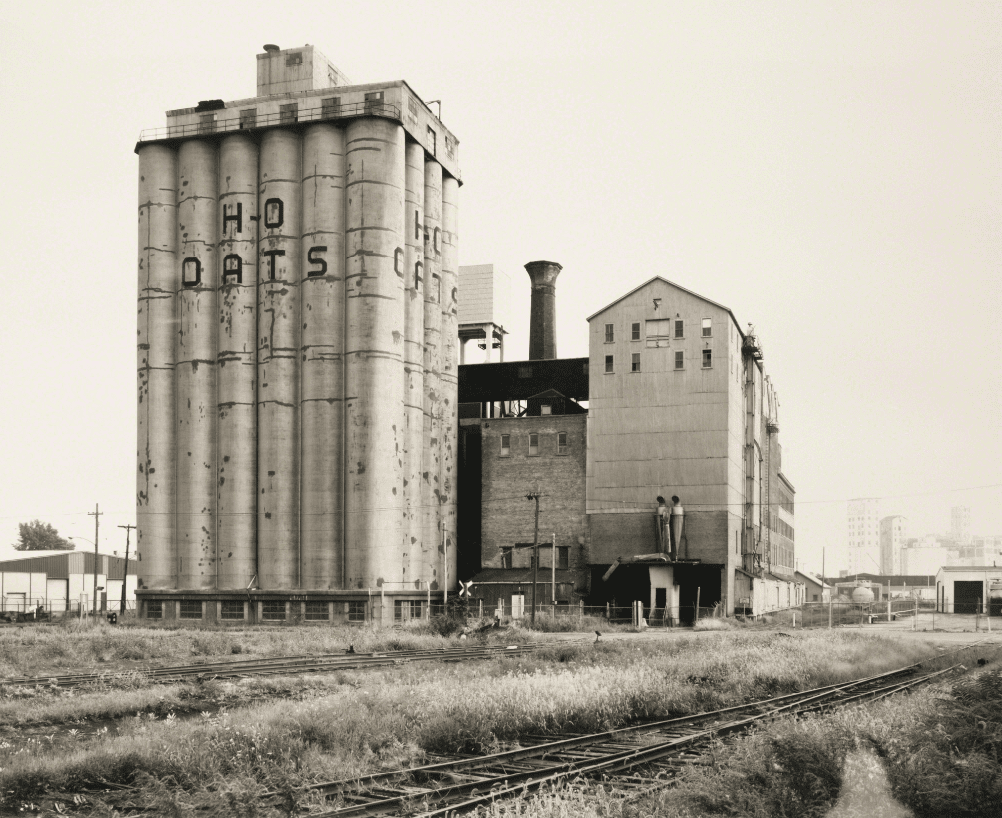
Born in 1961 in Sandusky, Ohio, currently residing and working in Los Angeles, California, Catherine Opie is an industry-leading photographer who started taking pictures on her ninth birthday as her parents gave her a Kodak Instamatic.
Ever since, she has been utterly fascinated with documenting specific communities to this day, depicting her family, friends, and other communities in and around Los Angeles. Still, she also has a powerful affinity towards landscape photography. As a result, her project-based practice extensively takes on various subjects, from American highways to lesbian couples in their homes.[10]
For further reading on Catherine Opie, we highly recommend the monographic publication Catherine Opie.
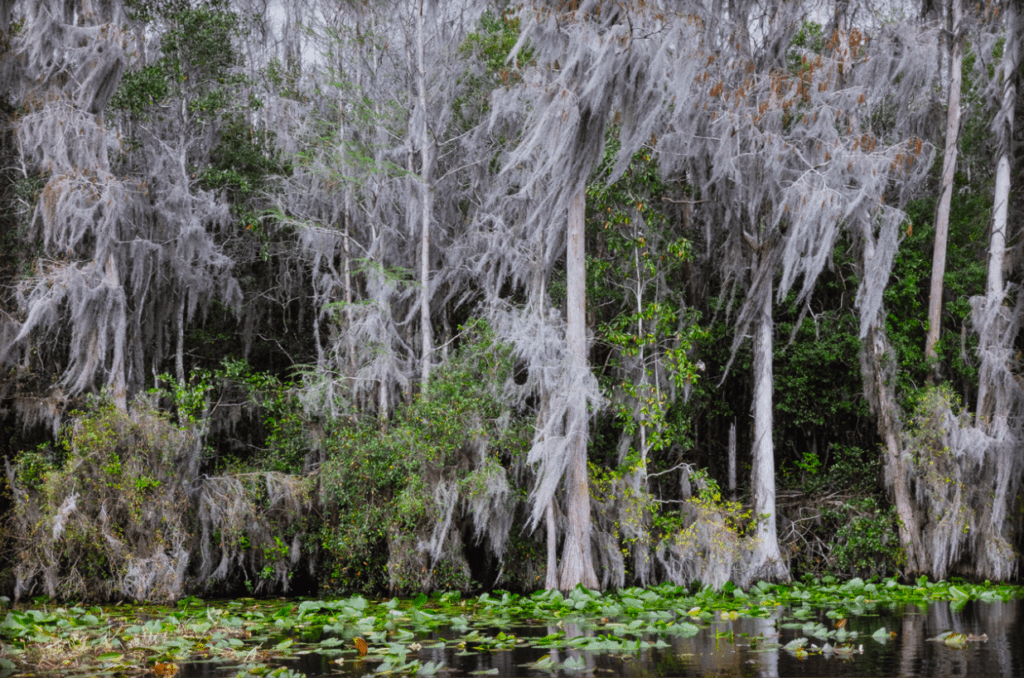
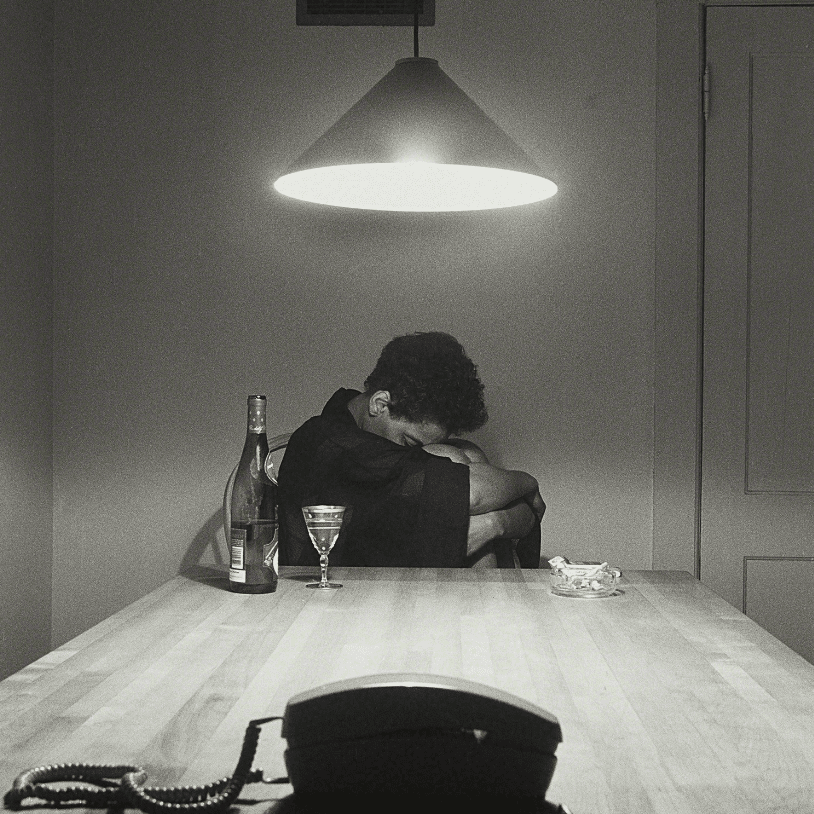
Born in 1953 in Portland, Oregon, currently residing and working in Syracuse, New York, Carrie Mae Weems is another highly influential American fine art photographer. She can be seen as a visual rhetorician who tackles subjects in all their complexity and presents deeply stirring results.
The American artist gives a voice to those who have been ignored, investigating history, power, and identity. Carrie Mae Weems is intrigued by how personal experiences and larger structures or institutions are connected, shaping our lives and society.[11]
For further reading on Carrie Mae Weems, we highly recommend the monographic publication Carrie Mae Weems: Three Decades of Photography and Video (Guggenheim Museum, New York: Exhibition Catalogues).
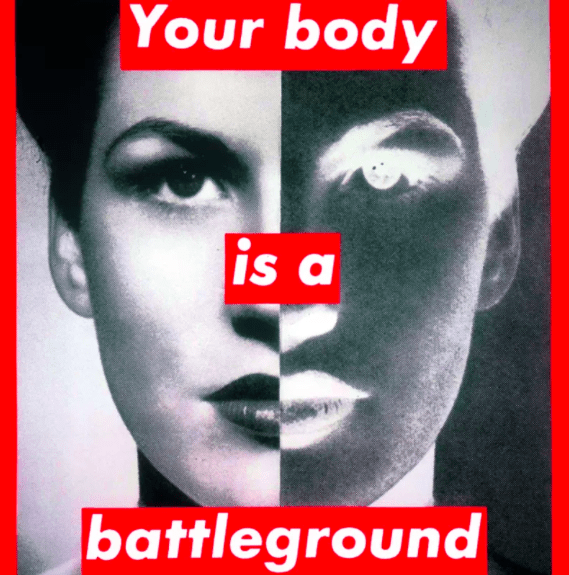
Up next, we encounter a truly iconic artist who might be more related to the Feminist Art movement than to fine art photography in the public opinion. However, Barbara Kruger, born in 1945 in Newark, New Jersey, rose to fame in the late 1970s and 1980s with her unique use of photography combined with text collage.
Her photographs are influenced by mass media, presenting stereotypical images of the female self, juxtaposed with a written statement, challenging public opinion and gender differences with her—often large in scale—black-and-white prints.[12]
For further reading, we highly recommend the monographic publication Barbara Kruger.
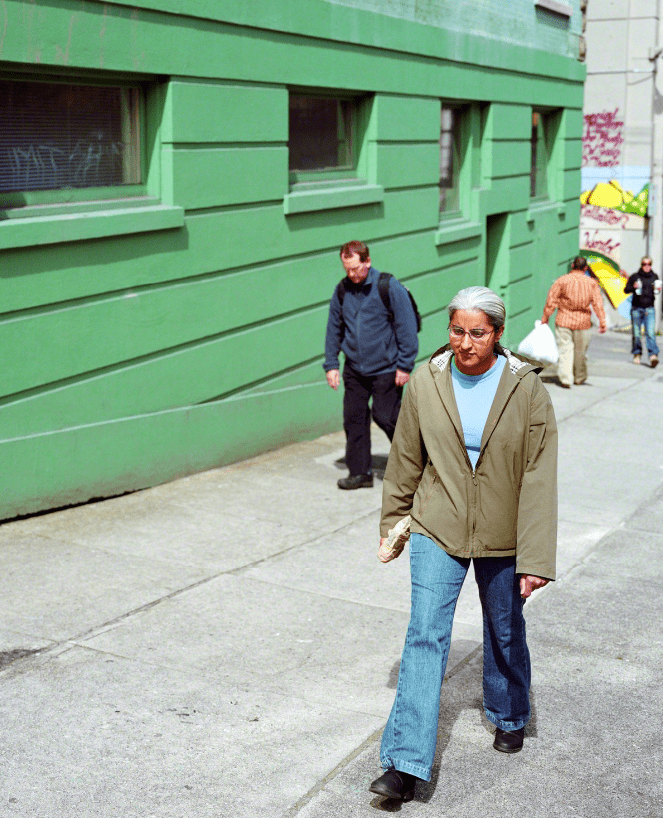
Born in 1946 in Vancouver, Canada, where the artist resides and works up to this very day, Jeff Wall is a highly established artist and fine art photographer combining cinematography with photography, in which he synthesizes the essentials of the medium of photography with other forms of art.
In contrast to many of the aforementioned photographic artists from this list from this particular generation, Jeff Wall strongly contributed to establishing color as a critical aspect of the aesthetics of photography. His works are often—as Wall states himself—near documentary. The works seem to be documentary photographs. However, his pictures are staged, as he collaborates with the depicted subjects.[13]
For further reading on Jeff Wall, we highly recommend the catalogue raisonné Jeff Wall: Catalogue Raisonné 1978-2004.
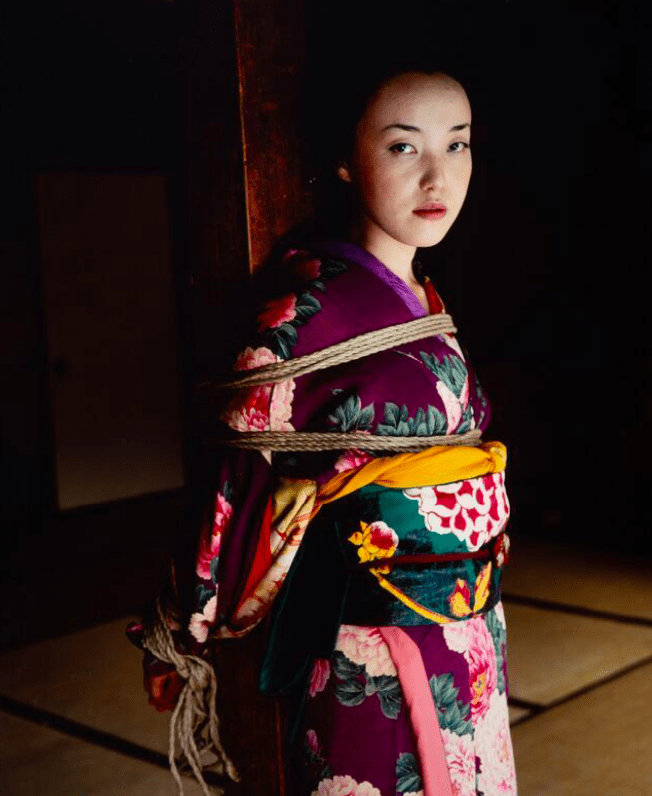
Born in 1940 in Tokyo, Japan, Nobuyoshi Araki is one of the undoubtedly most prolific figures of contemporary photography. His exuberant production of works and photo books (more than five hundred and counting) result from an extravagant artist working intensely and feverishly.
He is best known for his almost pornographic sexual subject matter, depicting Japanese women naked in sexual positions, often tied up, resulting in substantial controversy. As a result, the notorious Japanese fine art photographer is best known for provoking his audience and exploring life’s most extraordinary urges, love, sex, and death.[14]
For further reading on Nobuyoshi Araki, we highly recommend the monographic publication by TASCHEN titled ARAKI.
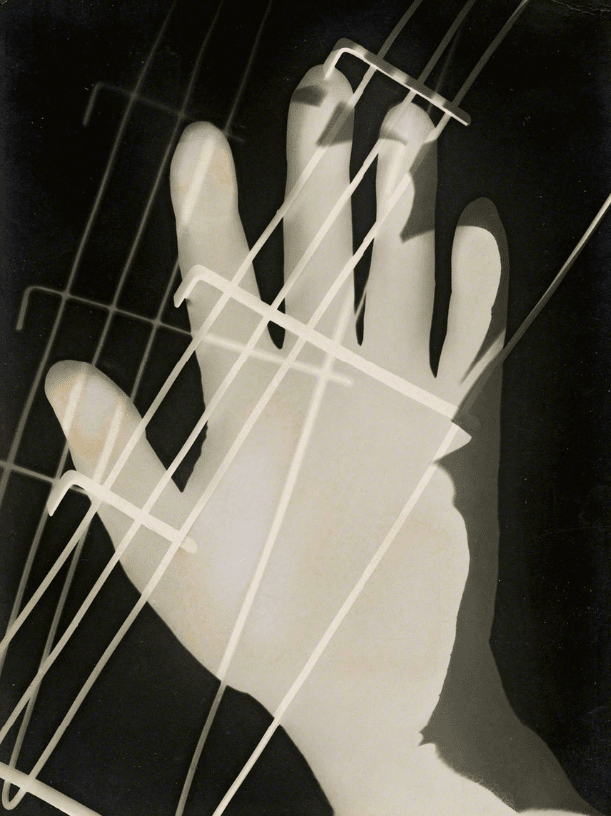
Born in 1895 in Borsód, Austria-Hungary, and passed away in 1946 in Chicago, the United States of America, László Moholy-Nagy is arguably the most multidisciplinary artist from our list, but simply could not be omitted. The so-called proto-conceptual artist, associated with Constructivism and Bauhaus, was a radical innovator, experimenting with camera-less photographs, which he called photograms.
Moholy-Nagy paved the way for abstraction to enter the realm of fine art photography. He opted to create photographs from unconventional perspectives and angles, discovering new expressive powers in contrast to their documentary powers. But that was not enough for the iconic artist, as he took things a step further by experimenting with photomontages in which he could layer photographs, combining representational elements with radically new abstraction.[15]
For further reading on László Moholy-Nagy’s photograms, we highly recommend the monographic publication László Moholy-Nagy: The Photograms: Catalogue Raisonné.
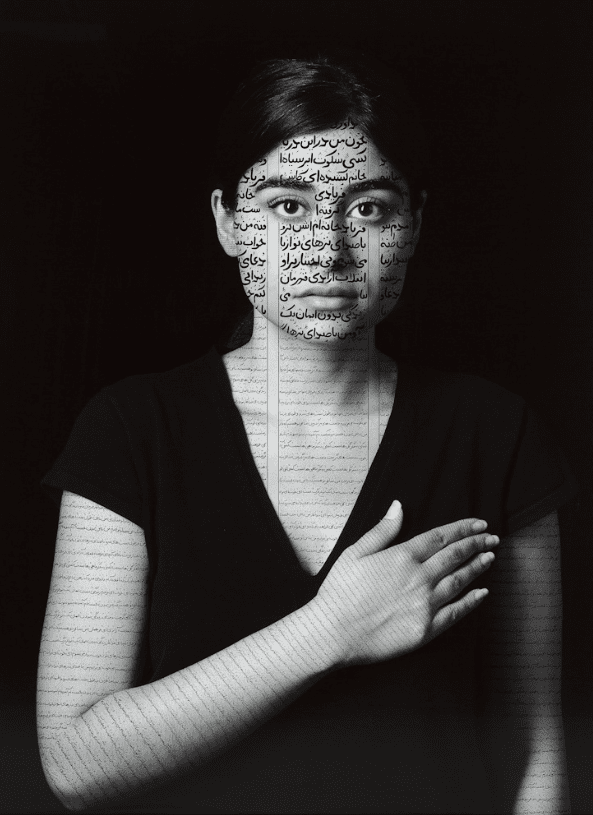
Born in 1957 in Qazvin, Iran, and currently working and residing in New York City, the United States of America, Shirin Neshat is an internationally lauded contemporary photographer examining the effects of Islamic fundamentalism and militancy about the personal and the political.
By manner of her black-and-white photographs, most often depicting veiled Iranian women, Neshat tackles issues of femininity, religion, identity, cultural history, and exile. She overlays her pictures with text in ink, juxtaposing religious texts with her depicted subjects.[16]
For further reading on Shirin Neshat, we highly recommend the monographic publication Shirin Neshat.
Up next, we travel to South Africa, Johannesburg to be more precise, where Zanele Muholi, born in 1972 in Umlazi, currently works and resides. Muholi is a visual activist, and her weapon of choice is fine art photography.
In her works, the South African artist documents and depicts the LGBTQI identity of today in South Africa. She fights the stigmatization, discrimination, and ongoing violence against the LGBTQI identity. She aims to rewrite the black queer and trans-visual history of South Africa and beyond.[17]
For further reading on Zanele Muholi, we highly recommend the monographic publication Zanele Muholi: Somnyama Ngonyama, Hail the Dark Lioness.
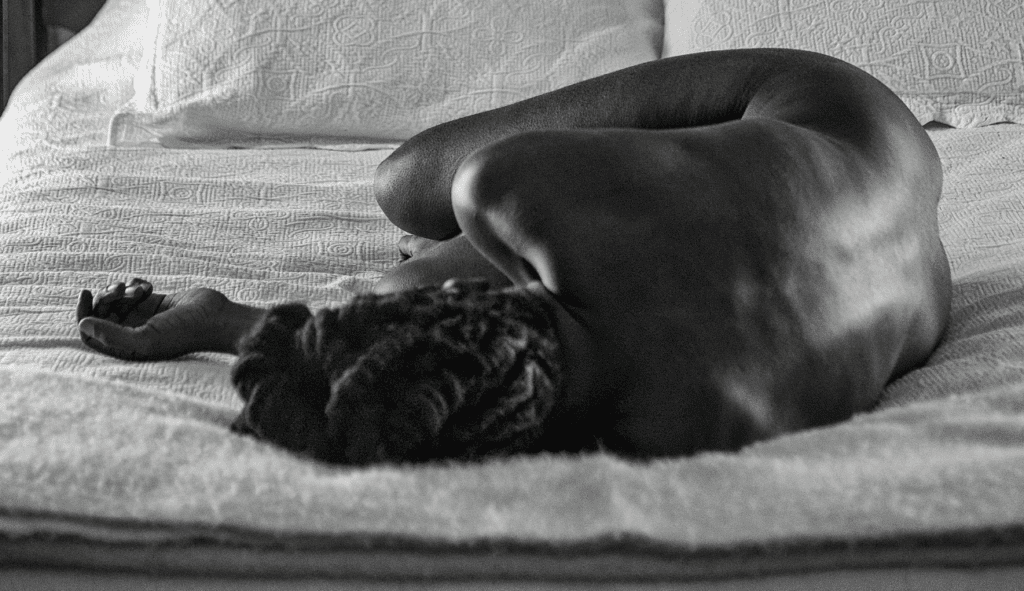
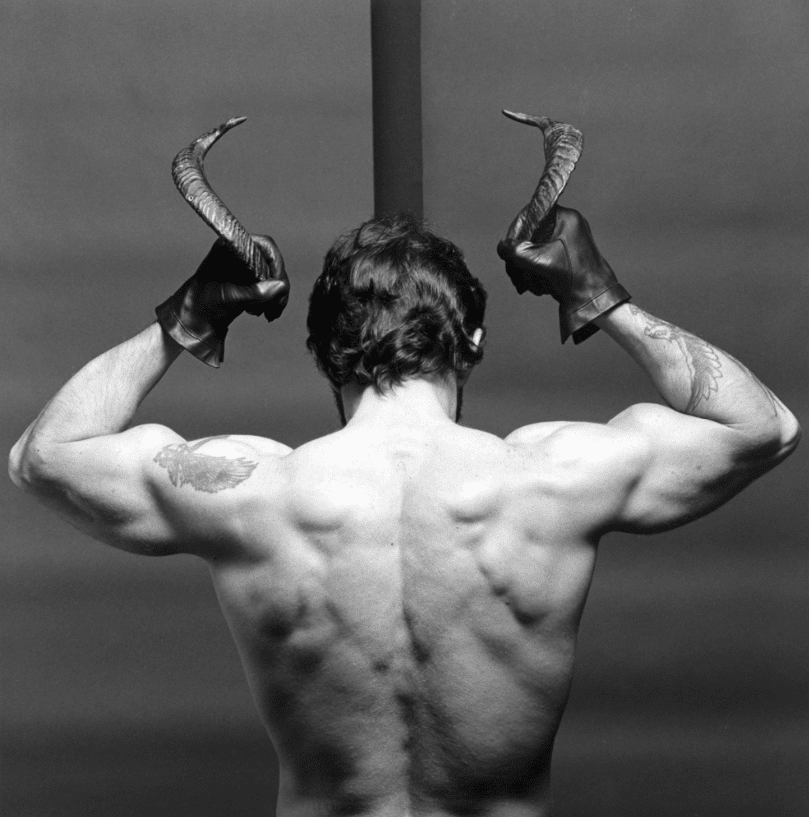
Born in 1946 in Floral Park, Queens, and passed away in 1989 in Boston, Robert Mapplethorpe is one of the best-known American photographers of the second half of the 20th century. He rose to fame during the 1970s, first with a Polaroid camera, followed by large-scale black and white photographs during the second half of the very same decade, which would be his most famous and strongly recognizable trait.
Doing so, Mapplethorpe depicted still lifes, interiors, nudes, self-portraits, and portraits of his friends and true icons; think of Patti Smith or Andy Warhol. The American artist also depicted sadomasochistic or homoerotic subjects, marked by a decent proportion of provocation but, above all, pure power and beauty.[18]
For further reading on Robert Mapplethorpe, we highly recommend the monographic publication Robert Mapplethorpe: The Photographs
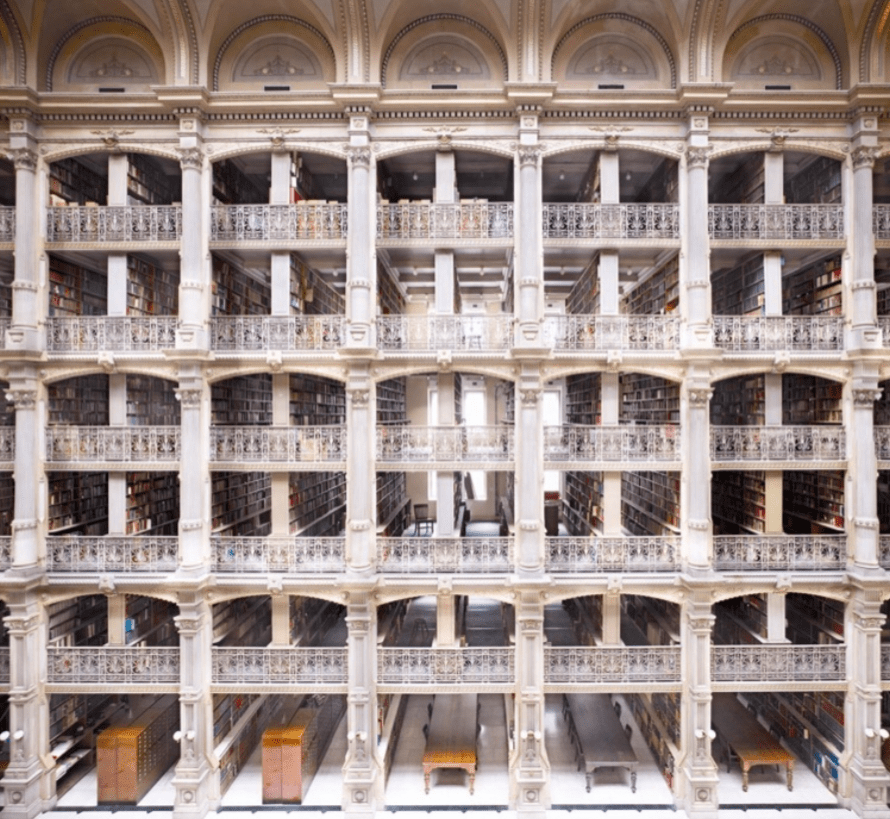
Up next, we have Candida Höfer. Born in 1944 in Eberswalde and currently working and residing in Cologne, Höfer is a German fine art photographer best known for her empty architectural interiors. Höfer creates large-scale and meticulously composed photographs filled with clear colors, architectural forms, and mathematical repetitions in her composition.
These harmonic interiors are often churches, libraries, museums, hotels, concert halls, or palaces, all public spaces and rooms. However, they are portrayed in an empty state, creating an alienating tension due to the absence of their human inhabitants. Doing so, Höfer examines the psychological impact of the design of a space or room and its often problematic relationship between its function and actual use.[19]
For further reading on Kandida Höfer, we highly recommend the recently published (2020) Candida Höfer: Editions 1987-2020.
A similar aesthetic principle can be found in the works of our following artist, none other than Andreas Gursky. Born in 1955 in Leipzig, Germany, Gursky is best known for his large-format, high-resolution photographs in which he invents new worlds from existing elements.
The artist uses methodical observations to interrelate micro and macrostructures by a general organizational principle. Recurring subjects are cities, interiors, crowds, or commercial products, in which his hyper-focused scenes depict both background and foreground as sharp as a knife, creating an almost vertigo effect due to the vast amount of visual information, which can only be processed due to its harmonious organization in the photographic composition.[20]
For further reading on Andreas Gursky, we highly recommend the monographic publication Andreas Gursky: Photographs from 1984 to the Present.
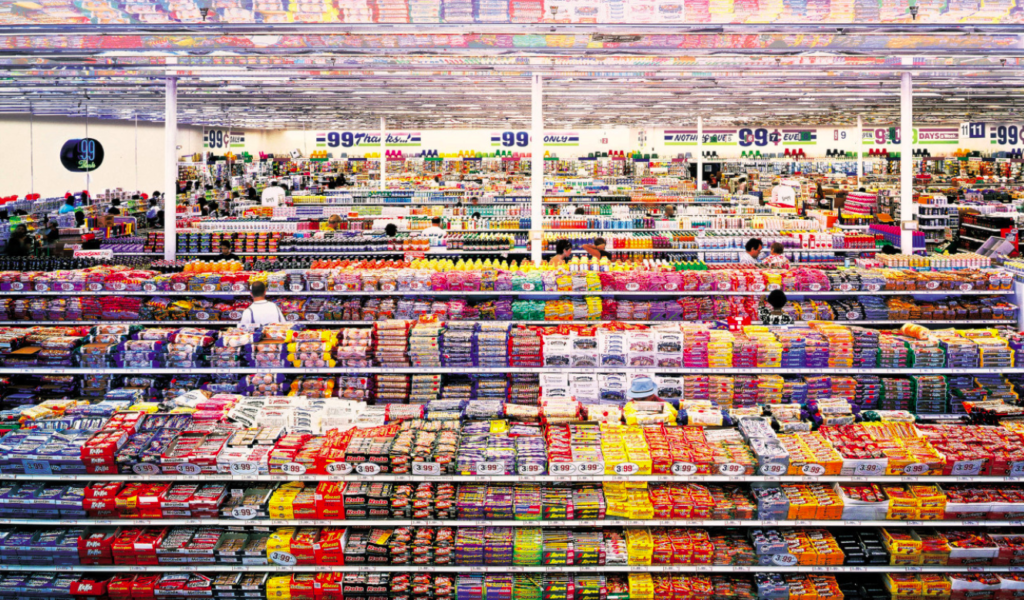
Up next, we have the iconic photographic oeuvre of Nan Goldin. Born in 1953 in Washington D.C. and currently residing and working in New York City, Nan Goldin is an American artist who revolutionized fine art photography with her deeply personal portraits, refusing any filter at all—visually and concerning the subject matter.
Goldin established an internationally reputed oeuvre throughout the 1970s as she explored gender and the traditional conventions of normality. She photographed her direct surroundings to give them a voice, documenting her life and friends or different communities who would fall outside the conventions mentioned above and normality. Her photography raises awareness for marginalized groups and the war on drugs, a battle she witnessed firsthand with her camera.[21]
For further reading on Nan Goldin, we highly recommend the monographic publication Nan Goldin: The Ballad of Sexual Dependency.
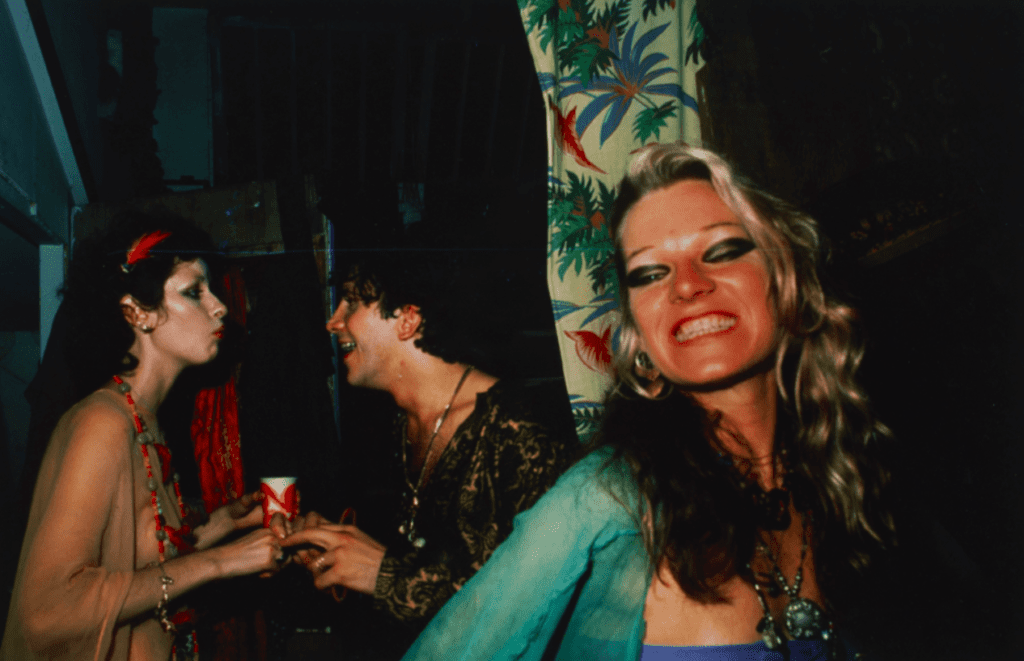
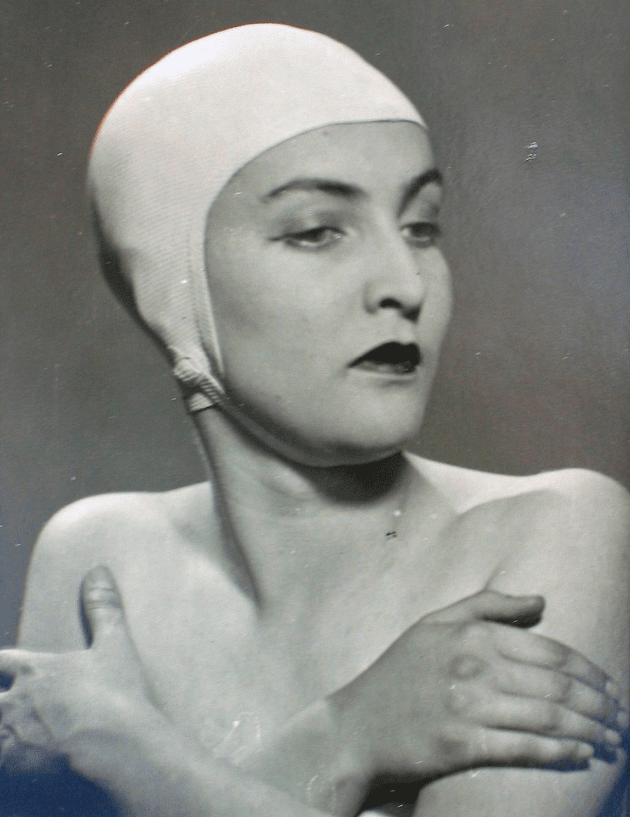
As with László Moholy-Nagy mentioned above, we next encounter an artist with a more multidisciplinary artistic practice but can not be omitted from our selection of photographic artists; Man Ray. Born in 1890 in Philadelphia, Emmanuel Radnitzky—better known as Man Ray—passed away in 1976 in Paris, France.
The Dadaist and Surrealist enforces his spot in this list with his Rayographs—the eponym for his photograms produced similarly to the aforementioned László Moholy-Nagy. He rose to fame with these striking and unique black-and-white photographs, marked by technical experimentation, pushing the boundaries of avant-garde photography.[22]
For further reading on Man Ray, we highly recommend the monographic publication Man Ray.
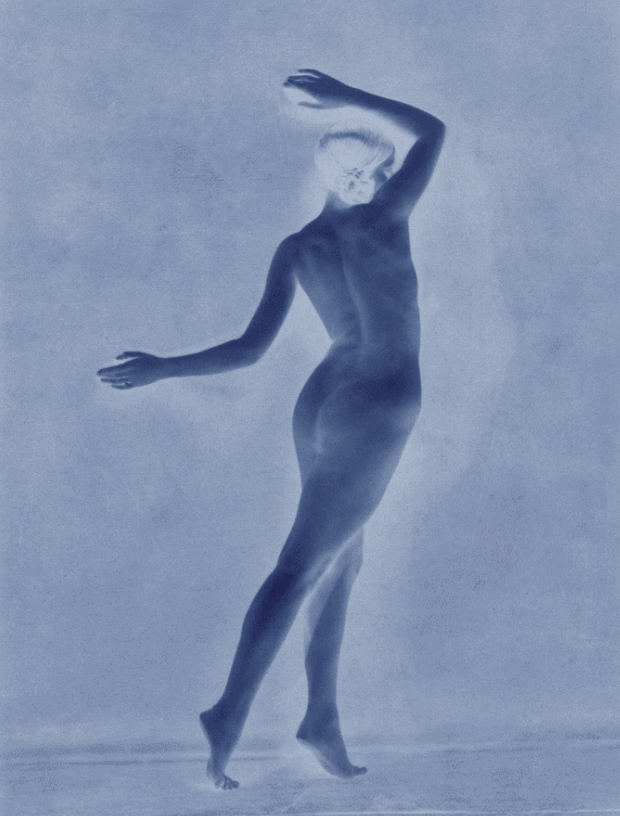
We enter the top three with Thomas Ruff, born in 1958 in All am Harmersbach and currently working and residing in Düsseldorf, Germany. Ruff explores the possibilities of the medium of photography through experimentation. It is to say; the German fine art photographer does not pin him down to one specific camera, process, or printing technique, pushing not only the boundaries of his oeuvre, but of contemporary photography in general.
Besides a wide array of analog and digital techniques, Thomas Ruff is also known for his very strong variety of subjects. For instance, we encounter abstract forms, traditional portrait photography, landscape photography, pornographic images, architectural photography, and more.[23]
For further reading on Thomas Ruff, we highly recommend the monographic publication Thomas Ruff: 1979 to the Present.
In the second spot, we are pleased to present you with none other than Cindy Sherman. Born in 1954 in Glen Ridge, New Jersey, and currently residing and working in New York, Cindy Sherman established herself as one of the undoubted most important and most famous photographers, a leading figure of the so-called Pictures Generation.
She received international recognition in the late 1970s, building her photographic oeuvre upon the self-portrait and the female self. Her iconic pictures of the Untitled Film Series are known across the globe, depicting her self—implementing the self-portrait—in an artificial and stereotypical context as a female character—implementing the female self. She creates tension between the self and the collective psyche, which is enforced by consumer culture, and the modern obsession with youth and beauty.[24]
For further reading on Cindy Sherman, we strongly recommend the monographic publication Cindy Sherman: The Completed Untitled Film.
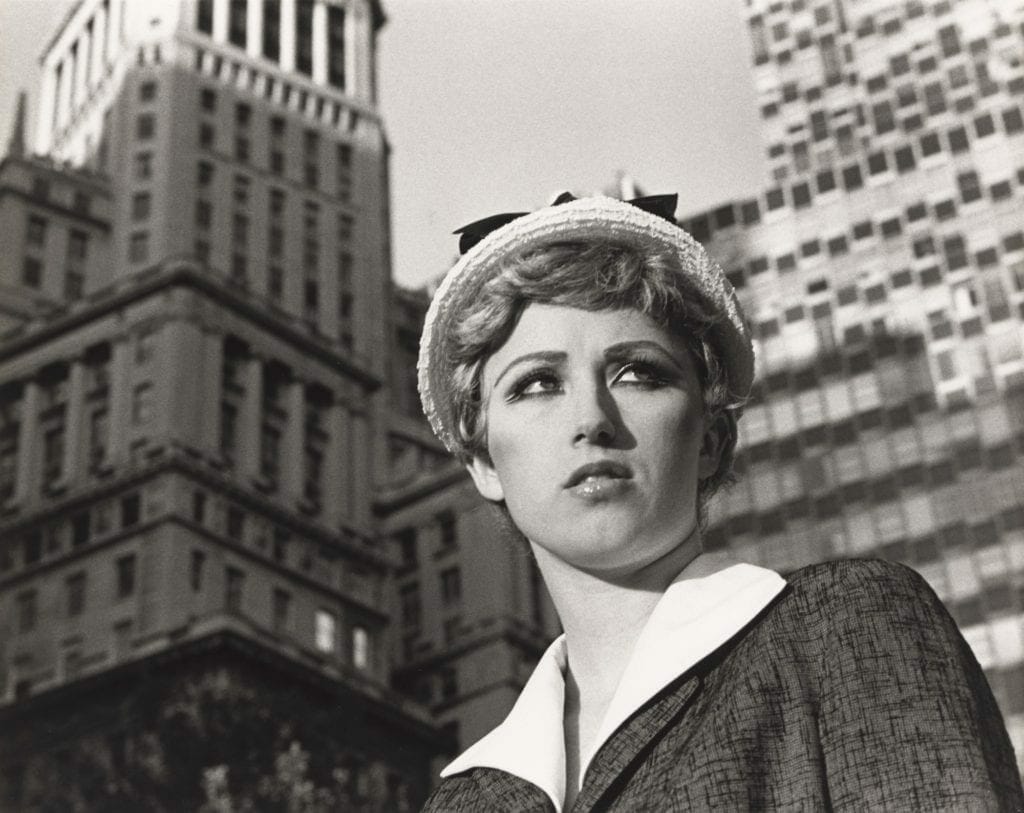
We top our list with arguably the most important contemporary fine art photography artist in the world, Wolfgang Tillmans. Born in 1968 in Remscheid, West Germany, and currently residing and working in London, Wolfgang Tillmans is best known for his mesmerizing fine art photographs, capturing his surroundings, observing nightclubs, his friends and family, still lifes, landscapes, and everything in between.
Tillmans was the first photographer and non-British artist to win the renowned Turner Prize in 2000. He rose onto the international art scene by documenting the emerging rave culture in sweaty nightclubs. However, his works are not limited to the raw depiction of reality and subcultures, as the German artist is in an ongoing search for the enigma, the beautiful, or simply a new problem to solve visually. Doing so, up to this very day, Wolfgang Tillmans defies categorization as a photographer, making his oeuvre as elusive as his intriguing photographs.
For further reading on Wolfgang Tillmans, we highly recommend the monographic publication Wolfgang Tillmans: Today is the First Day.
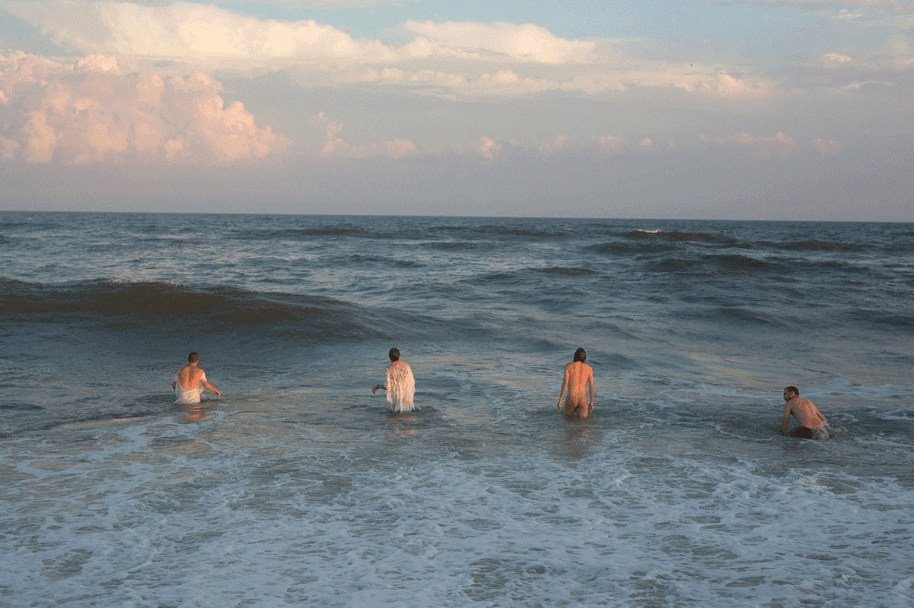
Notes:
[1] Fraenkel Gallery, Lee Friendlander at https://fraenkelgallery.com/artists/lee-friedlander consulted 4/04/2022.
[2] Artsy, Boris Mikhailov at https://www.artsy.net/artist/boris-mikhailov consulted 8/03/2022.
[3] Artsy, Henri Cartier-Bresson at https://www.artsy.net/artist/henri-cartier-bresson consulted 5/04/2022.
[4] Allan Sekula Studio, Home at https://www.allansekulastudio.org consulted 4/04/2022.
[5] The Met, Alfred Stieglitz at https://www.metmuseum.org/toah/hd/stgp/hd_stgp.htm consulted 4/04/2022.
[6] Marian Goodman Gallery, Rineke Dijkstra at https://www.mariangoodman.com/artists/40-rineke-dijkstra/ consulted 4/04/2022.
[7] Fraenkel Gallery, Diane Arbus at https://fraenkelgallery.com/artists/diane-arbus consulted 4/04/2022.
[8] The Met, Walker Evans at https://www.metmuseum.org/toah/hd/evan/hd_evan.htm consulted 4/04/2022.
[9] Fraenkel Gallery, Bernd & Hilla Becher at https://fraenkelgallery.com/artists/bernd-and-hilla-becher consulted 4/04/2022.
[10] Guggenheim, Catherine Opie at https://www.guggenheim.org/artwork/artist/catherine-opie consulted 4/04/2022.
[11] Fraenkel Gallery, Carrie Mae Weems at https://fraenkelgallery.com/artists/carrie-mae-weems consulted 4/04/2022.
[12] The Broad, Barbara Kruger at https://www.thebroad.org/art/barbara-kruger consulted 18/03/2022.
[13] Gagosian, Jeff Wall at https://gagosian.com/artists/jeff-wall/ consulted 4/04/2022.
[14] SFMOMA, Nobuyoshi Araki at https://www.sfmoma.org/artist/Nobuyoshi_Araki/ consulted 4/04/2022.
[15] Guggenheim, Laszlo Moholy-Nagy at https://www.guggenheim.org/artwork/artist/laszlo-moholy-nagy consulted 4/04/2022.
[16] Artsy, Shirin Neshat at https://www.artsy.net/artist/shirin-neshat consulted 4/04/2022.
[17] Yancey Richardson, Zanele Muholi at https://www.yanceyrichardson.com/artists/zanele-muholi consulted 4/04/2022.
[18] Xavier Hufkens, Robert Mapplethorpe at https://www.xavierhufkens.com/artists/robert-mapplethorpe consulted 4/04/2022.
[19] Sean Kelly, Candida Höfer at https://www.skny.com/artists/candida-hofer#13 consulted 1/12/2021.
[20] Gagosian, Andreas Gursky at https://gagosian.com/artists/andreas-gursky/ consulted 4/04/2022.
[21] Marian Goodman Gallery, Nan Goldin at https://www.mariangoodman.com/artists/44-nan-goldin/ consulted 1/12/2021.
[22] Artsy, Man Ray at https://www.artsy.net/artist/man-ray consulted 4/04/2022.
[23] Artsy, Thomas Ruff at https://www.artsy.net/artist/thomas-ruff/ consulted 4/04/2022.
[24] Hauser & Wirth, Cindy Sherman at https://www.hauserwirth.com/artists/31810-cindy-sherman consulted 2/12/2021.
[25] Artsy, Wolfgang Tillmans at https://www.artsy.net/artist/wolfgang-tillmans/ consulted 4/04/2022.
Last Updated on April 19, 2024

A Studio Visit During the La BIBI Residency
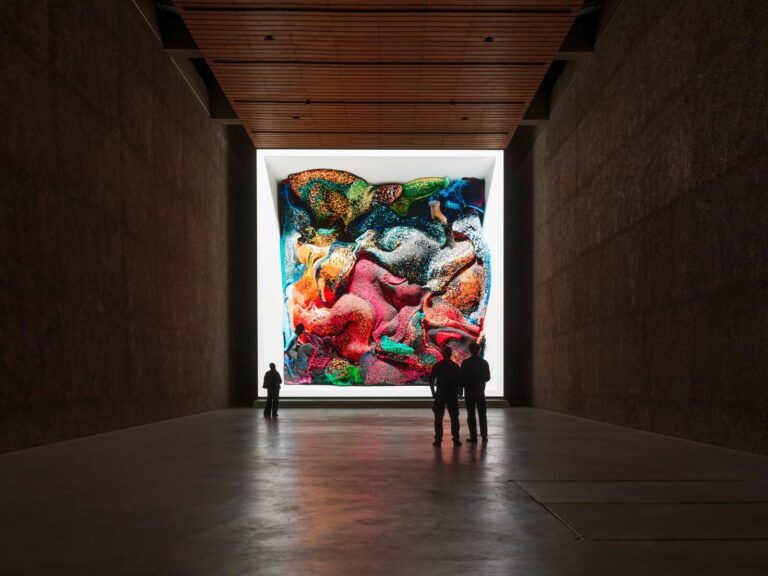
A Reasoned Anthology